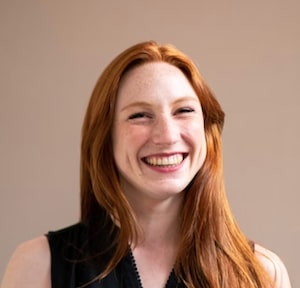7 Art Director Resume Examples for 2024
In crafting an art director resume, precise details and a clear layout are key. This article offers tested examples and tactics to shape your resume into a tool that speaks to your design leadership and project management skills. Learn to highlight your ability to steer a creative team's vision from concept to completion, ensuring your experience aligns with industry expectations.
Next update scheduled for
Here's what we see in top art director resumes.
-
Quantifying Impact Is Key: The best resumes show clear impact with numbers like
boosted engagement rates ,increased campaign ROI ,reduced production costs , andgrew social media followers .
-
Match Skills With The Job Description: Include skills you have that the job needs. Some key ones are
Adobe Creative Suite ,user experience design ,brand development ,project management , anddigital media .
-
Embrace Adaptability: Show you can adapt to new tools and trends. For example, say
mastered new design software oradapted to remote collaboration .
Art Director
Resume Sample
Education placement on resume
Place your education after your experience on your resume if you have been in the art directing field for some time. Your practical work is what most hiring managers will look at first. Only if you're new to the field or have obtained a recent, significant degree, like a master's in fine arts, should your education come first.
For those fresh from school looking to enter art direction roles, showcasing your education at the top can help. Include courses related to design, media, or communication which are crucial in this line of work.
Art Director
Resume Sample
Showcase your portfolio
Instead of only listing your past job duties, include a link to your online portfolio. A strong portfolio displays your style and abilities better than any resume can, and is essential for an art director role.
Make sure your portfolio is easy to navigate and shows a range of work. This is your chance to impress beyond the limits of a resume format.
Senior Art Director
Resume Sample
Ideal resume page count
Keep your resume length to one page, especially if you have less than 10 years of experience in art-related roles. A single page should be enough to show your skills, work history, and achievements without losing the interest of the hiring manager.
For those with more than a decade of experience or a higher-level position, two pages can be used. Ensure every piece of information adds value and relates to roles in art direction.
Creative Director
Resume Sample
Highlight relevant technical skills
Ensure you list technical skills that are essential for art direction. Software like Adobe Creative Suite or knowledge of 3D modeling programs can set you apart. These skills are more critical in this field compared to others.
Also, include any experience with leading teams or managing projects. Leadership is key in art direction roles, as you will be guiding the visual aspects of productions or campaigns.
Junior Graphic Designer
Resume Sample
Understand resume screeners
When you apply for a job as an art director, your resume may first be read by a computer program known as an Applicant Tracking System (ATS). This system looks for specific keywords and phrases to decide if your resume should be passed on to a hiring manager. To get through this first step, you need to know how to make your resume ATS-friendly.
Here are some tips to help your resume show up in the ATS:
- Use standard job titles like 'art director' instead of creative terms that the ATS might not recognize.
- Include specific software skills like 'Adobe Creative Suite' that are important for art directors.
Make sure your resume is clear and easy to read. Use simple words and short sentences. This will help both the ATS and the hiring manager see your skills and experience right away.
